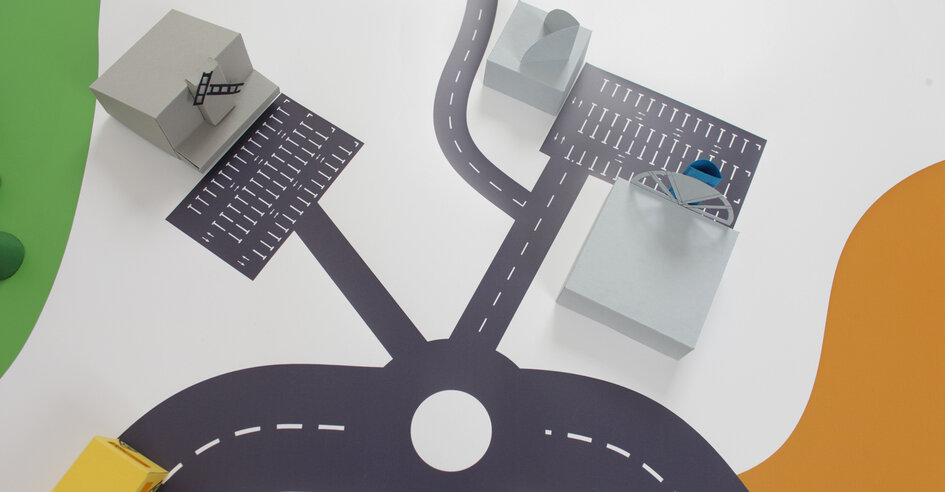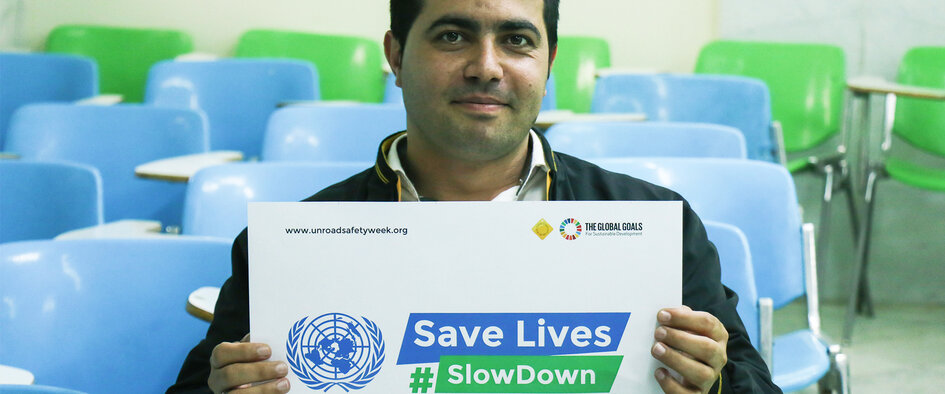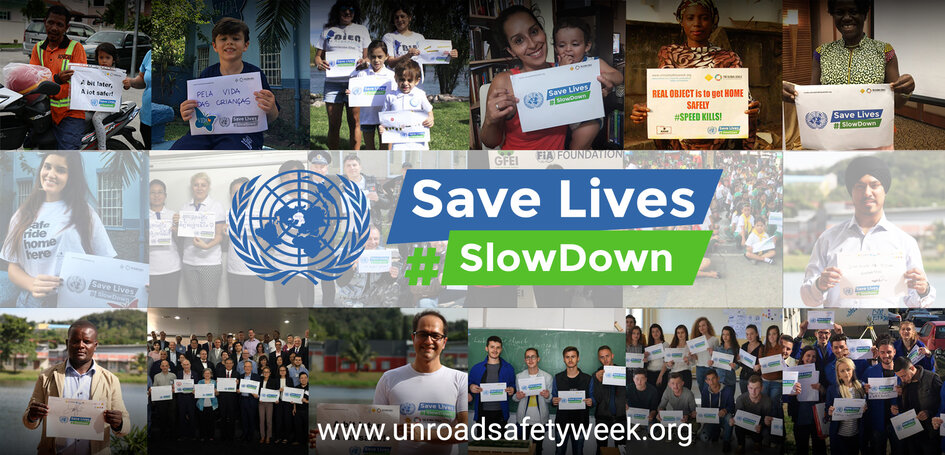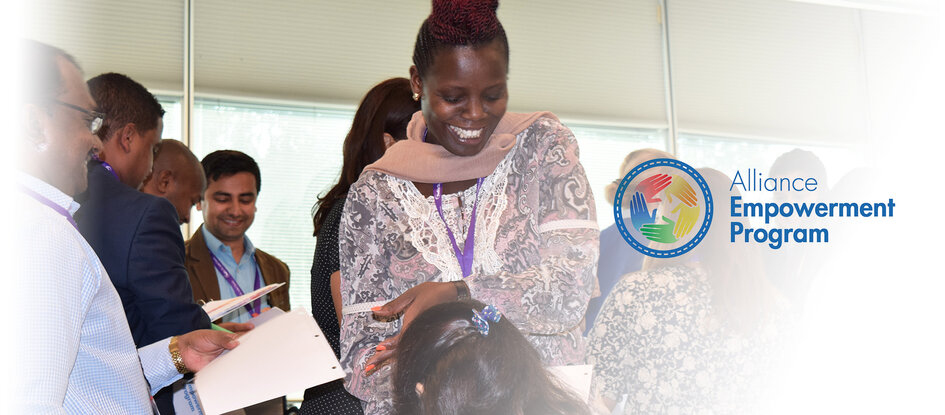
UN Global Road Safety Week the most successful Week yet!
The Fourth United Nations Global Road Safety Week has been a massive success! In fact, it has been described as the most successful UN Week yet! From 8-14 May 2017, campaigners, organizations, governments, companies and many others encouraged the world to #SlowDown. Over 1000 events were registered in more than 125 countries; taking place at national and community levels. The world pledged to #SlowDown.
Whether you simply pledged to #SlowDown or organized an #SlowDown Day, continued action is needed!
Promoting speed management does not stop now that the week is behind us. In fact, now is when the real work begins. While thousands briefly experienced the benefits of slowing down, we must ensure that we continue to push for slower speeds in our communities. Let’s enact long term change.

Call on your decision makers to permanently #SlowDown your roads to appropriate speeds, by changing speed limits, enforcing speed limit laws, modifying road infrastructure and educating the public. The campaign to #SlowDown continues, and you can stay involved in a range of ways.
Experience a safe and quiet street. Even though the UN Week is behind, the mission continues! Make use of the campaign’s messages, visuals and materials, and together we can continue to #SlowDown streets in cities and towns all around the world. By working with your local authorities, you can reclaim and #SlowDown your streets so they are safer for all road users. We have teamed up with the 20’s Plenty Campaign to create a toolkit about how you can reduce speed in your community.



















